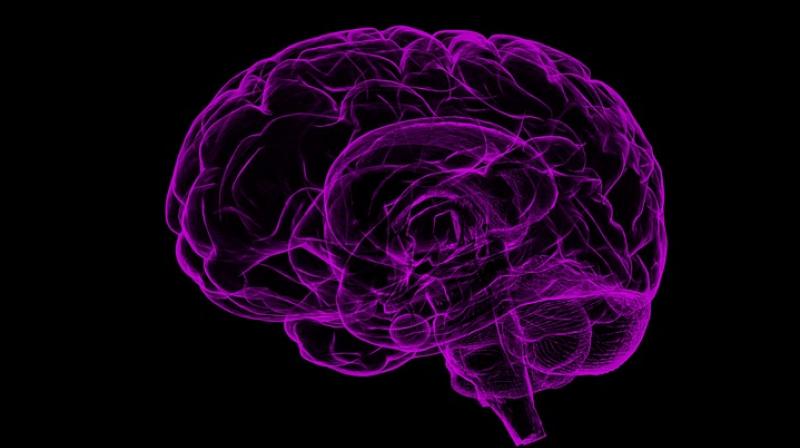Scientists discover brain circuit behind feeling hungry

A particular subset of neurons located in an enigmatic region of the hypothalamus in the brain plays a central role in regulating feeding and body weight in mice, a study has found.
The results, published in the journal Science, illuminate a previously unknown neural mechanism of feeding regulation and offer new perspectives on understanding changes in appetite.
Knowledge of the function of a region of the hypothalamus called the nucleus tuberalis lateralis, or NTL, is scarce, though scientists seek to better understand it as damage to this brain region in patients results in marked declines in appetite, and in rapid loss in body weight.
To further explore any role the NTL may have in regulation of feeding and body weight, Sarah Xinwei Luo from Agency for Science, Technology and Research in Singapore and colleagues observed the behaviour of somatostatin (SST) neurons in the NTL using a mouse model.
They found that the SST neurons were activated by both hunger (following overnight food deprivation) and after administration of the hunger hormone, ghrelin.
Selective activation and deactivation of the neurons, using both drugs and optogenetics, demonstrated that eating behaviour could be controlled - activation increased eating behaviour, while inhibition significantly reduced it.
Total elimination of the neurons altogether resulted in decreased daily food intake as well as gradual weight gain.
According to the study's findings, SST neurons are required for controlling healthy eating and body weight.

